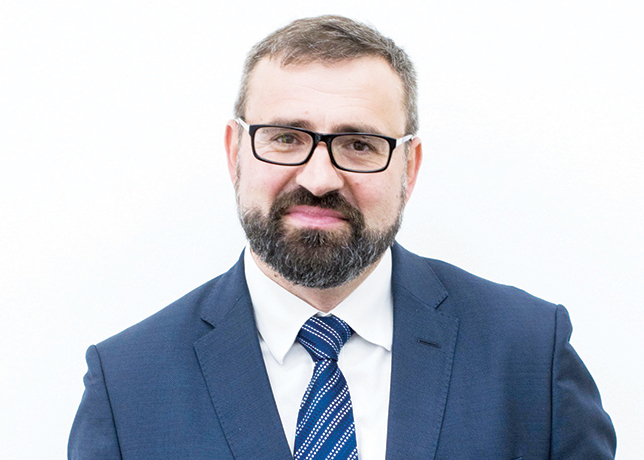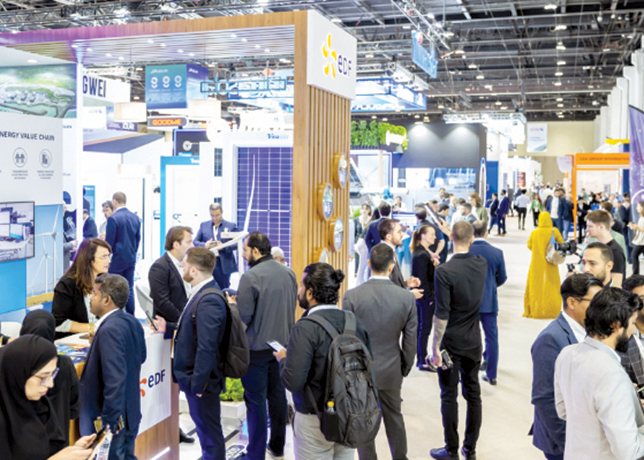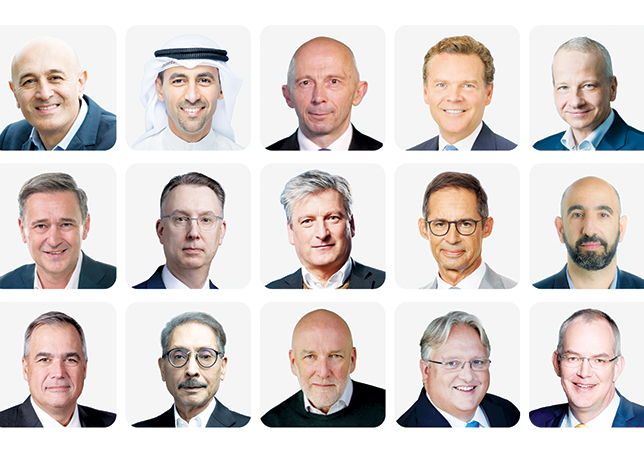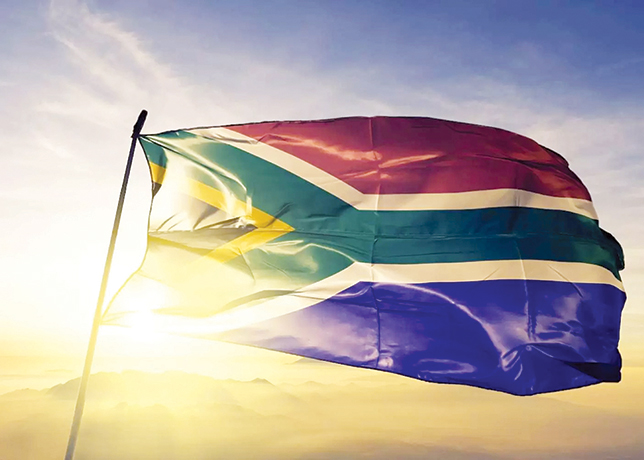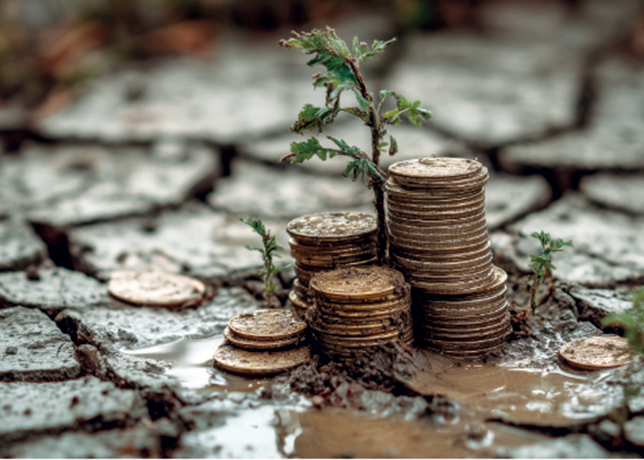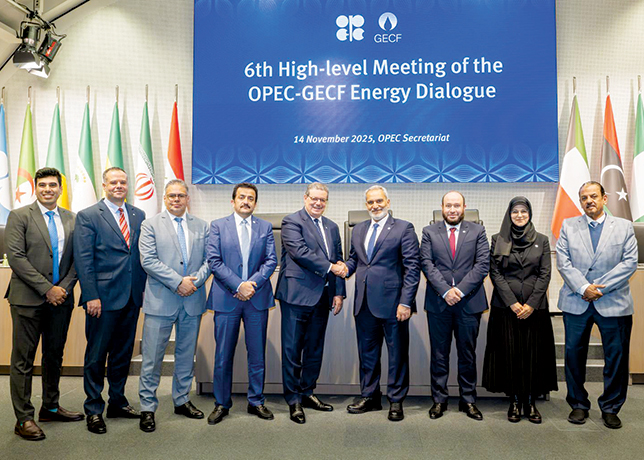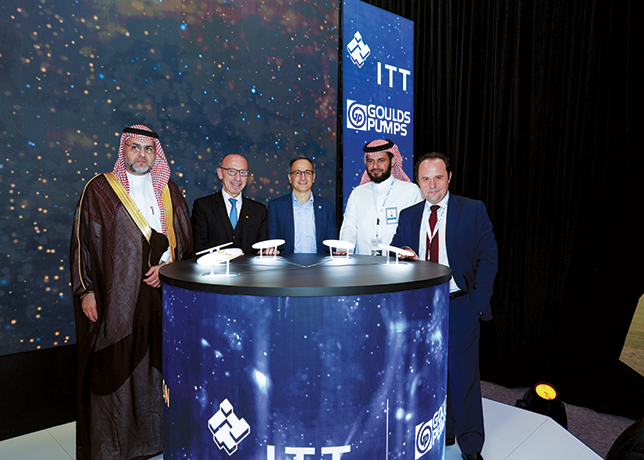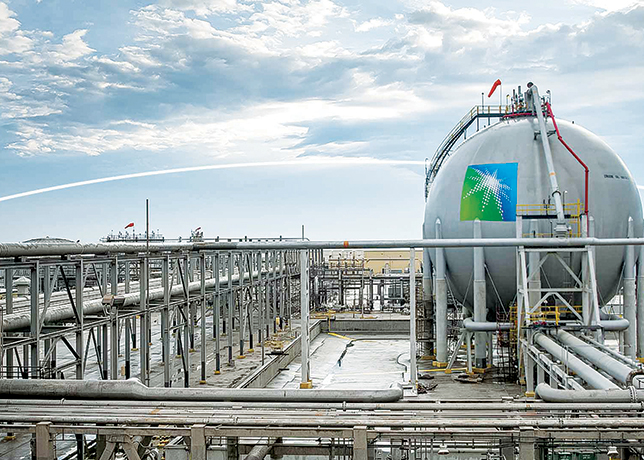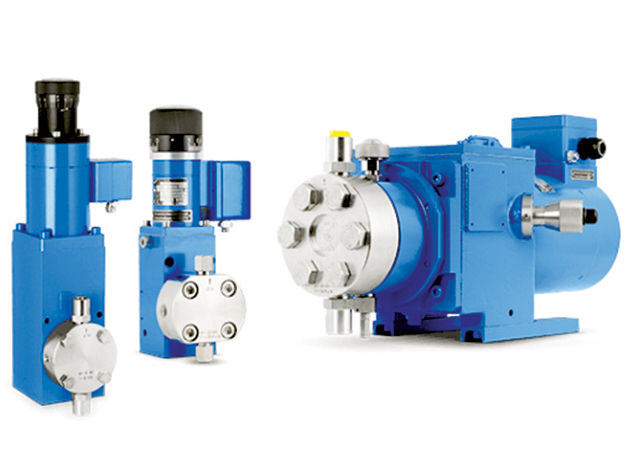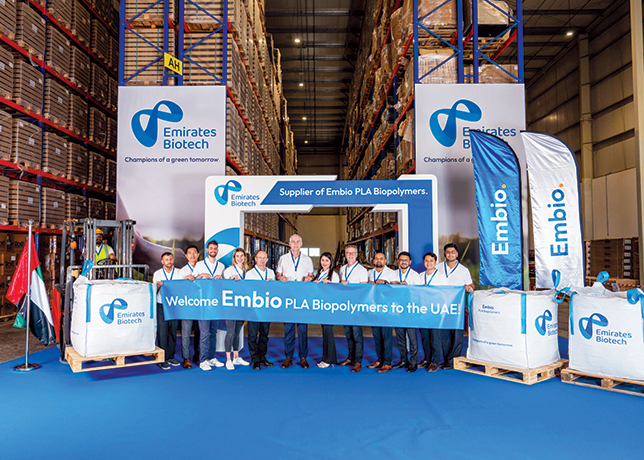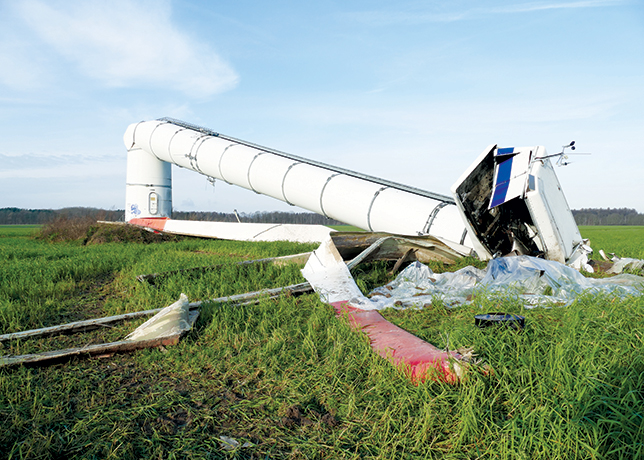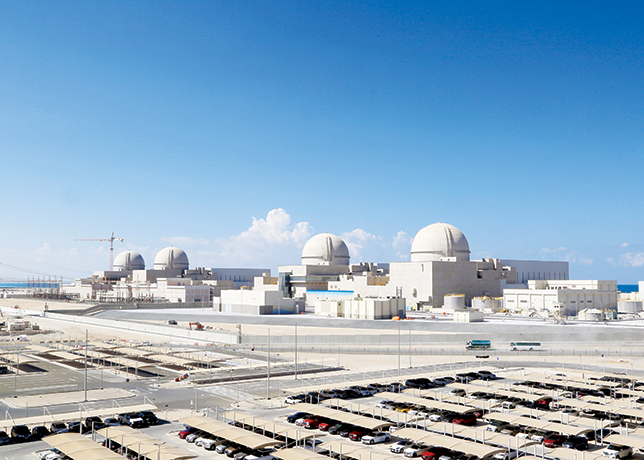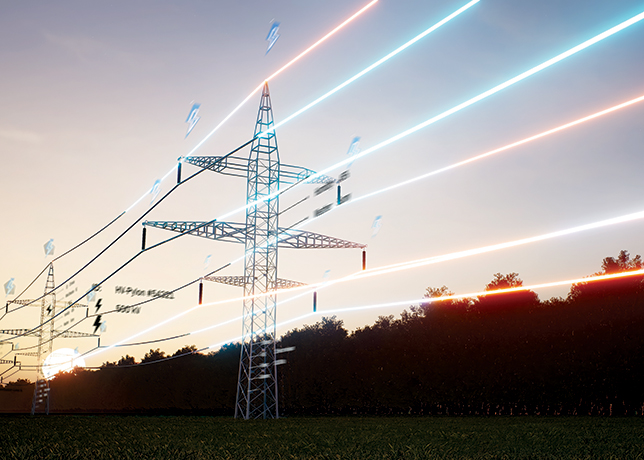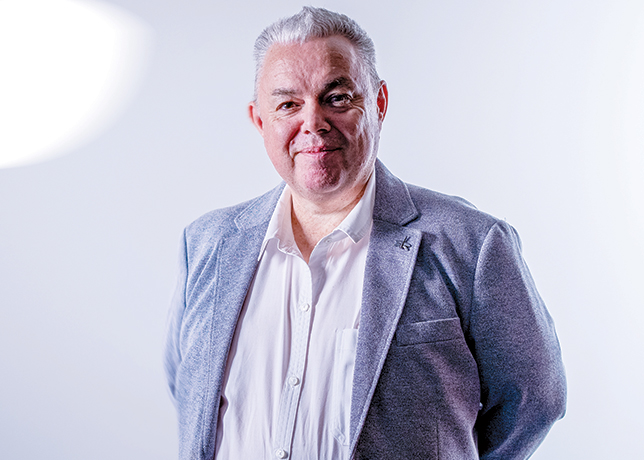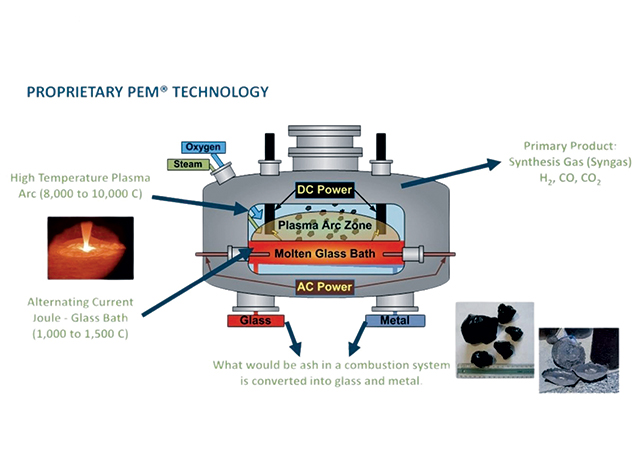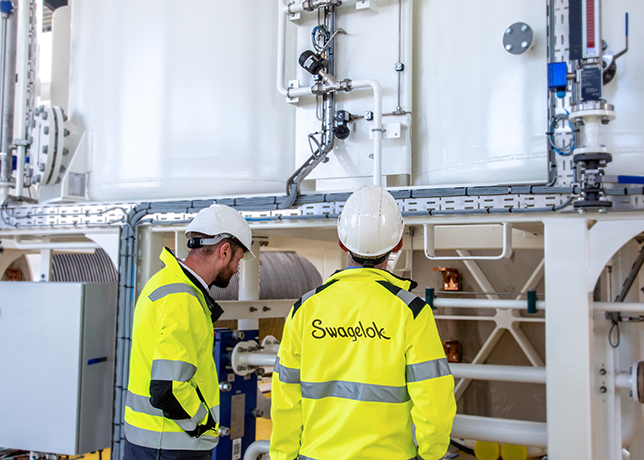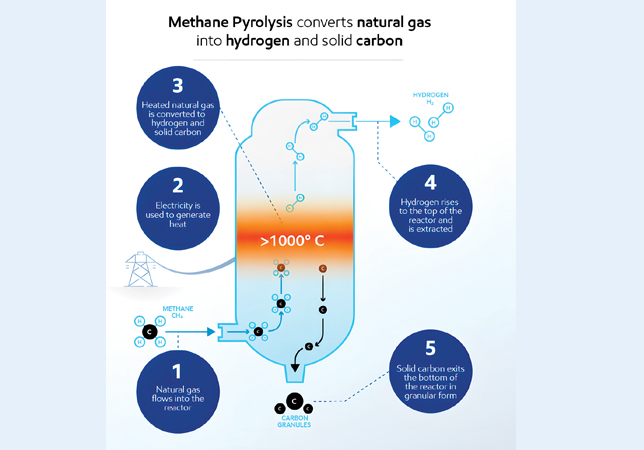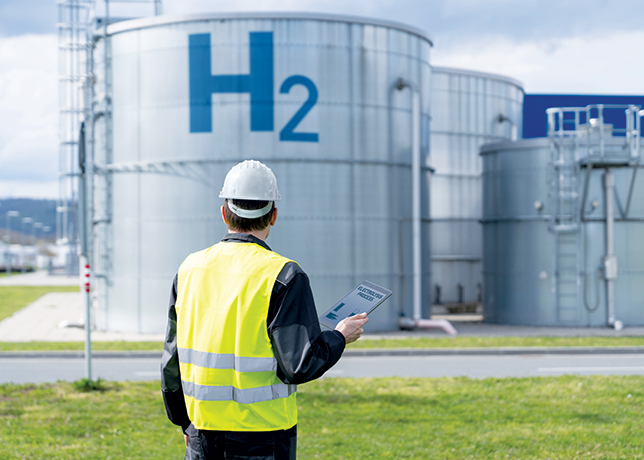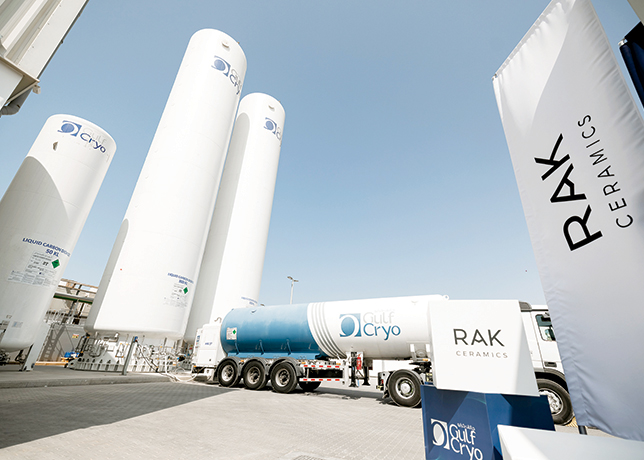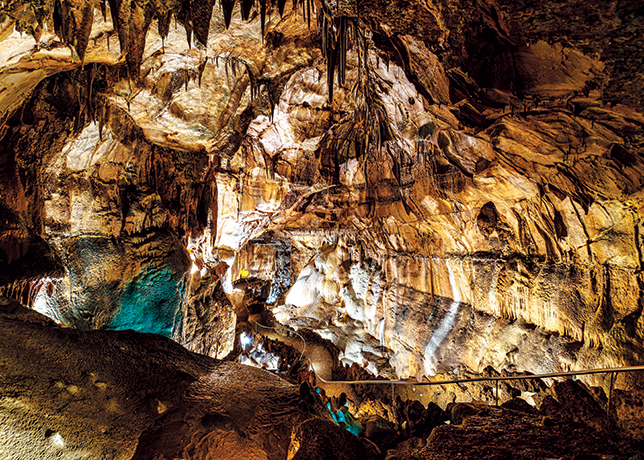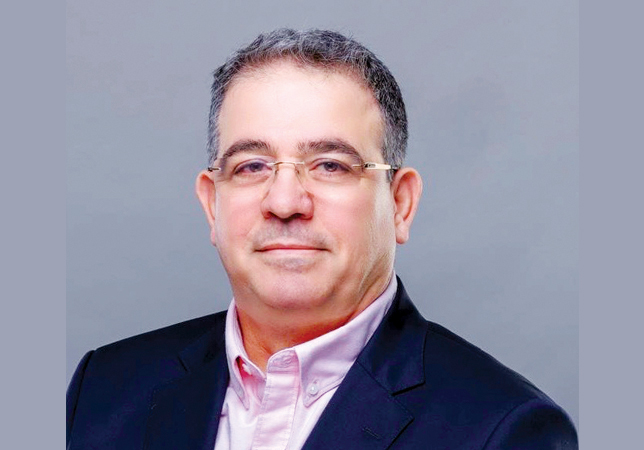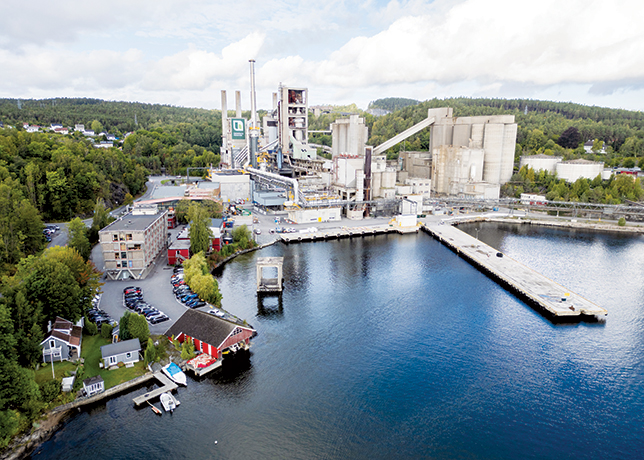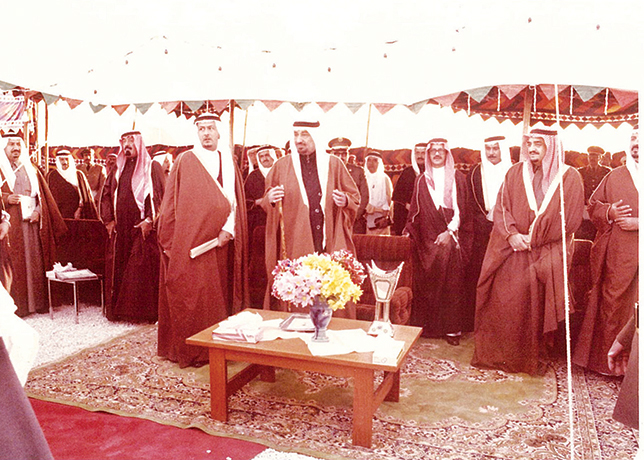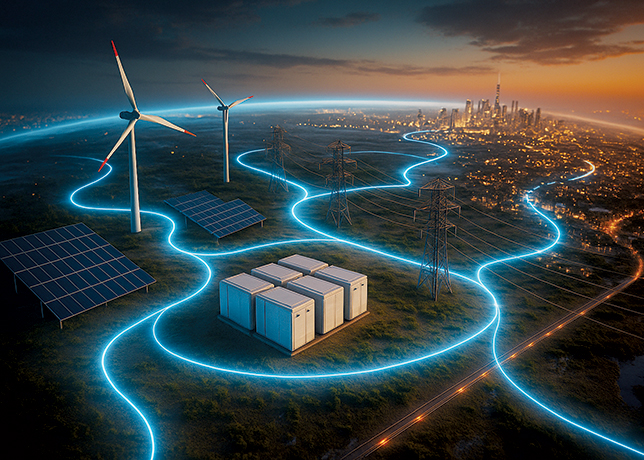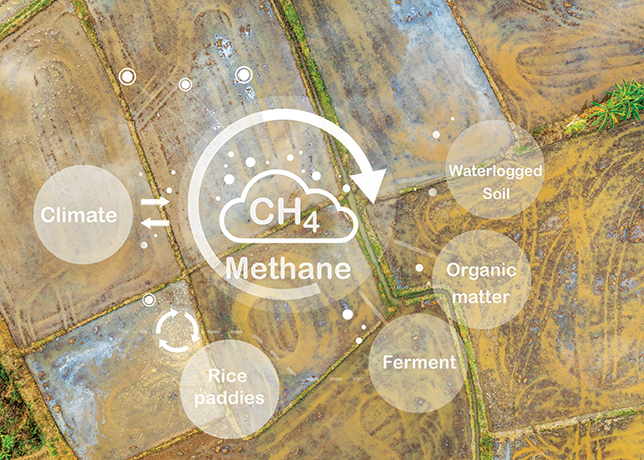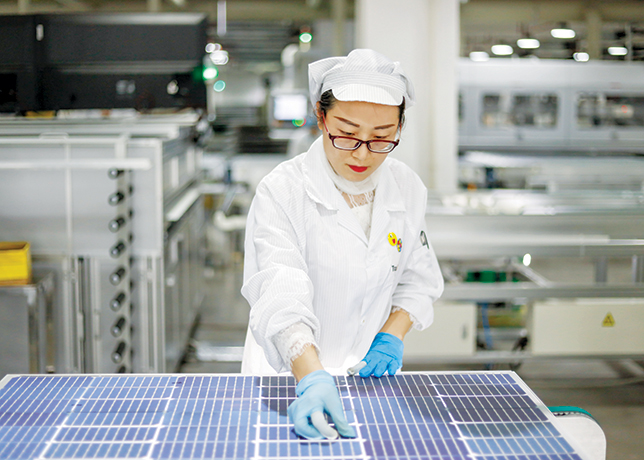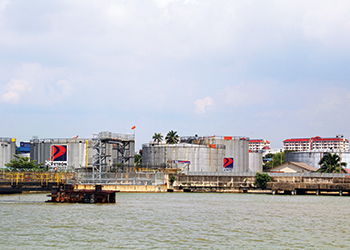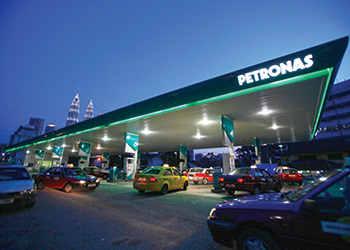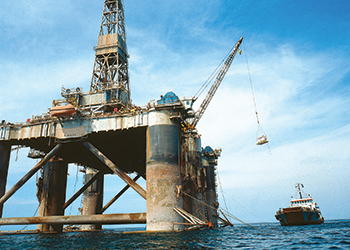
 Malaysia is working to attract new investment opportunities to reverse production declines
Malaysia is working to attract new investment opportunities to reverse production declines
Falling production at Malaysia’s major producing oilfields in the past decade has led government efforts to encourage investment in enhanced oil recovery and development of smaller and marginal fields, as well as deepwater fields
Malaysia is the world’s second-largest exporter of liquefied natural gas (LNG) and the second-largest oil and natural gas producer in Southeast Asia, and is strategically located amid important routes for seaborne energy trade.
Malaysia’s energy industry is a critical sector of growth for the entire economy, and it makes up almost 20 per cent of the total gross domestic product, according to the latest report by the US Enenrgy Information Administration (EIA). New tax and investment incentives, starting in 2010, aim to promote oil and natural gas exploration and development in the country’s deepwater and marginal fields as well as promote energy efficiency measures and use of alternative energy sources.
These fiscal incentives are part of the country’s economic transformation programme to leverage its resources and geographic location to be one of Asia’s top energy players by 2020. Another key pillar in Malaysia’s energy strategy is to become a regional oil and natural gas storage, trading, and development hub that will attract technical expertise and downstream services that can compete in Asia, the report says.
Malaysia has unveiled several major upstream and downstream oil and natural gas projects, some coming online in the next few months, as part of the country’s strategy to enhance output from existing oil and natural gas fields and to advance exploration in deepwater areas, says the EIA report.
PRIMARY ENERGY CONSUMPTION
As Malaysia targets economic development and increased manufacturing, the country is focused on securing energy through cost-effective means and diversifying its fuel supply portfolio. Petroleum and other liquids and natural gas are the main primary energy sources consumed in Malaysia, with estimated shares of 40 per cent and 36 per cent, respectively in 2012. About 17 per cent of the country’s energy consumption is met by coal. Biomass and waste make up another 4 per cent, and hydropower contributes 3 per cent to total consumption. Malaysia’s heavy reliance on oil and natural gas to sustain its economic growth is causing the government to emphasise fuel diversification through coal imports and to promote investments in renewable energy.
Malaysia’s oil reserves are the fourth-highest in Asia-Pacific after China, India, and Vietnam. Nearly all of Malaysia’s oil comes from offshore fields.
According to the Oil & Gas Journal (OGJ), Malaysia held proved oil reserves of 4 billion barrels as of January 2014, the fourth-highest reserves in Asia-Pacific after China, India, and Vietnam. Nearly all of Malaysia’s oil comes from offshore fields.
Malaysia’s oil and gas policy historically has focused on maintaining the reserve base to ensure long-term supply security while providing affordable fuel to its population through subsidised fuel sales. As part of Malaysia’s goal to lower the government’s budget deficit and lift some of the financial burden on Petronas to allow the company to invest more upstream, the government began introducing subsidy reforms. In July 2010, the government initiated the first subsidy reductions for gasoline, diesel, and liquefied petroleum gas (LPG) with the aim of phasing out fuel subsidies by 2015.
 |
Malaysia … the world’s second-largest exporter of LNG after Qatar |
Exploration and production: Declines in production at Malaysia’s major producing oil fields in the past decade have led government efforts to encourage investment in enhanced oil recovery and development of smaller and marginal fields, as well as deepwater fields.
Malaysia is Southeast Asia’s second-largest oil producer behind Indonesia. Petroleum and other liquids production (including crude oil, lease condensates, natural gas liquids, biofuels, and refinery processing gains) in 2013 was nearly 670,000 barrels per day (bpd), hovering around the same level since 2011 and down from the country’s peak production of 844,000 bpd in 2003. More than a fourth of Malaysian oil production currently originates from the Tapis field in the offshore Malay Basin. The country’s oil production has experienced overall decline as a result of maturing fields, particularly larger fields in the shallow waters offshore Peninsular Malaysia. Some recent drilling efforts in the area such as Lundin Petroleum’s Bertam oilfield in the Penyu Basin are expected to offset some production declines from mature fields.
Malaysia’s domestic oil consumption has risen while production has fallen over the past decade, leaving smaller volumes of oil available for exports. Petronas is working to attract new investment opportunities and reverse production declines by enhancing output from existing fields through advanced EOR techniques and developing small, marginal fields through risk service contracts (RSCs). These contracts are designed for companies to share the risk, where Petronas is the project owner, and investors are the service providers receiving revenues for oil produced throughout the entire life of the project. IOCs are also tapping into new oil and natural gas discoveries in deepwater offshore areas of the Sarawak Basin and the Sabah Basin. These deepwater offshore fields pose more technical challenges, requiring greater investment by Malaysian and foreign energy firms. In 2013, Petronas reported plans to spend more than $61 billion over five years in Malaysia’s oil and natural gas sector to boost oil and natural gas production and offset the current declines from ageing fields.
Enhanced oil recovery (EOR) projects: Petronas is conducting several EOR projects to extend the production life of Malaysia’s oldest oil fields. ExxonMobil and Petronas began work on the Tapis EOR project, which lies 118 miles off Terengganu, in the second half of 2014. Tapis is one of seven mature fields offshore Peninsular Malaysia that ExxonMobil and Petronas agreed to develop as part of a 25-year production-sharing contract that was finalised in June 2010. Under the agreement, which includes provisions for the deployment of EOR, work is being carried out on the seven fields that are part of the Tapis crude oil blend – Seligi, Guntong, Tapis, Semangkok, Irong Barat, Tebu, and Palas. The project is expected to extend the fields’ lives by 30 years and add another 25,000 bpd to current production.
In 2011, Shell and Petronas agreed to invest $12 billion over 30 years in two EOR projects offshore Sarawak (Baram Delta offshore covering nine fields) and Sabah (North Sabah development area covering three fields). The projects are expected to boost production by 90,000 bpd and use the world’s first offshore, chemical injection process for resource recovery. In 2014, Petronas expanded the Baram Delta EOR PSC to include natural gas production, which will be used both for reinjection purposes to assist in oil extraction and for direct gas sales to the domestic and international markets.
Risk service contracts (RSC) projects: In addition to its EOR projects, Malaysia is also maximising its production potential by issuing RSCs for smaller, underexplored fields beginning in 2011. These contracts involve risks shared between Petronas, the project owner, and the contractors (foreign and domestic companies), which act as service providers. These companies receive compensation for cost and a return on investment.
As part of its RSC licensing rounds, Petronas has awarded six RSCs since 2011. As of mid-2014, three of these RSCs have commenced production of oil and natural gas including the Berantai fields and the Kapal, Benang, and Meranti cluster located offshore Peninuslar Malaysia, and the Balai cluster located offshore Sarawak. These fields were producing more than 30,000 bpd in 2014.
Deep water projects – Sarawak and Sabah: Several major projects are under development in the deepwater area offshore the Sabah state, which could bolster Malaysia’s oil production over the next decade. The Kikeh oil field, operated by Murphy Oil in partnership with Petronas, is currently Malaysia’s only producing deepwater oil field. The Kikeh field came on stream in 2007 at an initial rate of 20,000 bpd, and estimated production in 2013 was 60,000 bpd of oil. Output has been hampered by operational delays. Murphy Oil has been working to restore production, which is expected to peak at 120,000 bpd.
Also, in offshore Sabah, the Gumusut/Kakap project is under development and will include the region’s first deepwater floating production system from 19 subsea wells. The Kakap field came on stream at the end of 2011 with production of 25,000 bpd. Production from Gumusut will commence in 2014, and production from both fields is expected to ramp up to 120,000 bpd by 2015, according to FGE.
The Malikai oil and natural gas field, first discovered in 2004, is another deepwater find located offshore northwestern Sabah and has a peak production capacity of 60,000 bpd. The Malikai project will use a tension-leg platform and will tie into the Kebabangan Northern Hub development project (KBB) via a petroleum liquids and dry natural gas pipeline. Shell, the operator and a 35 per cent stakeholder, expects to bring Malikai online at the end of 2016. Other project partners include ConocoPhillips (35 per cent) and Petronas (30 per cent).
Oil pipelines: Malaysia has a relatively limited oil pipeline network and relies on tankers and trucks to distribute products onshore. Malaysia’s main oil pipelines connect oil fields offshore Peninsular Malaysia to onshore storage and terminal facilities. The 124-mile Tapis pipeline runs from the Tapis oil field and terminates at the Kerteh plant in Terengganu, as does the 145-mile Jerneh condensate pipeline. The oil pipeline network for Sabah connects offshore oil fields with the onshore Labuan oil terminal. This network is currently expanding following the launch of development projects including the Kebabangan cluster, the Malikai, Gumusut/Kakap, and Kikeh oil fields. For Sarawak, there are a few other oil pipelines connecting offshore fields with the onshore Bintulu oil terminal. The majority of pipelines are operated by Petronas, although ExxonMobil also operates a number of pipelines connected with its significant upstream holdings located offshore Peninsular Malaysia.
An international oil products pipeline runs from the Dumai oil refinery in Indonesia to the Melaka oil refinery in Melaka City, Malaysia. An interconnecting oil products pipeline runs from the Melaka refinery via Shell’s Port Dickson refinery to the Klang Valley airport and to the Klang oil distribution centre.
Oil trade: Malaysia remained a net oil exporter of crude oil and petroleum products in 2013 despite the narrowing gap between production and consumption in the past several years. Malaysia exports about half of its crude oil production because the crude quality (light and sweet) is attractive to the Asian markets and fetches a higher premium compared to other crude oil blends. In return, Malaysia imports lower-cost heavy sour crude oil, about half from the Middle East and the rest from several other regions, for its refineries and domestic needs. In 2013, Malaysia imported 183,000 bpd of lower-cost crude oil for processing at its oil refineries, the EIA report says.
Malaysia exported 240,000 bpd of crude oil in 2013, according to Global Trade Atlas, significantly lower than the 400,000 bpd export volume in 2000. All of Malaysia’s crude oil is exported within Asia Pacific, the bulk of which is sent to Australia, India, Thailand, and Japan. Japan began buying more crude oil for direct burn in 2011 after it lost nuclear electric generation following the Fukushima accident.
The country’s imports of petroleum products have grown faster than its exports in the past few years. Much of Malaysia’s oil product trade occurs in Asia, especially with neighboring Singapore. Gasoline is the key import product, making up about 45 per cent of product imports and about a third of all oil product demand.
Refining, storage, and transit terminals: As a result of rising regional and domestic demand for crude oil and oil products, Malaysia plans to become a regional oil trading and storage hub by increasing the country’s refining and storage capacity.
According to FGE, Malaysia has 591,000 bpd of refining capacity at six facilities. Malaysia invested heavily in refining activities during the past two decades and is now able to meet most of its demand for petroleum products domestically, after relying on refineries in Singapore for many years.
As part of Malaysia’s goal to compete with the oil refining and storage hub in Singapore, Petronas plans to build a $16 billion refining and petrochemicals integrated development project (Rapid) in Johor state at the southern tip of Peninsular Malaysia. This project includes a 300,000 bpd refinery, which industry expects will turn Malaysia from a net oil product importer to a net oil product exporter once it is operational. The project, which was sanctioned in 2011, has incurred several delays, although Petronas made a final investment decision in 2014. The NOC plans to bring the refinery online in 2019.
Malaysia is expanding its oil terminal and storage capacity as the need for more oil storage and trading grows within Asia and as its neighbor, Singapore, lacks the space to continue increasing its massive storage capacity. Most of Malaysia’s oil product and crude oil terminals are located along the eastern coast of Peninsular Malaysia and offshore as floating storage and production facilities. Malaysia intends to expand its storage capacity to about 83 million barrels by 2020 and is in the process of constructing several projects in the next few years.
The country is developing several storage terminals in Johor, adjacent to Singapore. Malaysia International Shipping Corporation (MISC), and global oil trader, Vitol Group, are expanding storage capacity at the new ATT Tanjung Bin Terminal by 2015. This terminal brought 7 million barrels of oil storage capacity online in 2013.
The Pengerang oil storage terminal in Johor, Malaysia’s largest commercial oil storage facility, started operations in early 2014. The facility is owned by a joint venture of Vopak (Dutch) and Dialogue Groups (Malaysia) and will have a storage capacity of more than 10 million barrels to house crude oil and oil products with a potential to expand to 41 million barrels in the future. This terminal bolstered southern Malaysia’s oil storage capacity by 70 per cent to more than 25 million barrels. Concord Energy (Singaporean oil trading firm) and Dialogue proposed another Johor-based terminal with a capacity of 16 million barrels, says the report.
NATURAL GAS
Malaysia was the world’s second-largest exporter of LNG after Qatar in 2013. Although the country’s growing domestic demand and regional gas imbalances in the past few years caused the country to open its first regasification terminal as another source of imports.
According to the OGJ, Malaysia held 83 trillion cubic feet (tcf) of proved natural gas reserves as of January 2014, and it was the third-largest natural gas reserve holder in the Asia-Pacific region. More than half of the country’s natural gas reserves are located in its eastern areas, predominantly offshore Sarawak. Most of Malaysia’s gas reserves are associated with oil basins, although Sarawak and Sabah have an increasing amount of non-associated gas reserves that have offset some of the declines from mature oil and gas basins offshore Peninsular Malaysia.
As in the oil sector, Malaysia’s state-owned Petronas dominates the natural gas sector. The company has a monopoly on all upstream natural gas developments, and it also plays a leading role in downstream activities and in the LNG trade. Most natural gas production comes from PSAs operated by foreign companies in conjunction with Petronas. Shell remains the largest gas producer and a key player in the development of deepwater fields in Malaysia.
MISC, which is 63 per cent owned by Petronas, owns and operates ships for transporting hydrocarbons and chemicals around the world. The company has 27 LNG tankers, placing the company as the second-largest LNG fleet operator in the world, according to PFC Energy. The company also owns and charters 73 petroleum tankers and 18 ships for chemical transport.
Gas Malaysia is the largest non-power gas distribution company in Malaysia and the only one that can operate on Peninsular Malaysia. Sarawak Gas Distribution Company which is 70 per cent owned by the state government, serves Sarawak gas consumers, and Sabah Energy Corporation distributes gas in the Sabah state.
Natural gas prices for end users are regulated by the Malaysian government, which caps the domestic rates at a level more than half of that for imported LNG. In an effort to reduce gas subsidies that the government pays to Petronas and power producers and to create more incentives for upstream natural gas investment, the government installed a price reform in 2011 that seeks to raise the natural gas price for electric power users every six months and eventually allow domestic natural gas prices to rise to international market levels. Although gas prices remained the same for more than two years, in January 2014 the government lowered the natural gas subsidy level and effectively raised the prices of natural gas for power users by about 11 per cent to about $4.64 million British Thermal units (mmBtu). In May 2014, the government also raised the price for large non-power gas users (industrial and commercial sectors) by an average of 20 per cent to about $5.86 mmBtu.
Exploration and production: Malaysia’s natural gas production has risen over the past two decades to serve the growing domestic demand and export contracts. Recent foreign investment in deepwater and technically challenging fields, primarily in the Sarawak and Sabah states, provides impetus to maintain natural gas production levels over the next few years.
Although Malaysia’s dry natural gas production has risen steadily over the past two decades, reaching an estimated 2.3 tcf in 2012, growth slowed somewhat since 2007. Meanwhile domestic natural gas consumption has increased, reaching 1.1 tcf in 2013, and it accounted for about 50 per cent of production. The power sector consumed about 51 per cent while the industrial sector accounted for 33 per cent of the Malaysia’s natural gas market sales in 2013, according to FGE. Demand for power, especially in Peninsular Malaysia, is expected to steadily increase, and gas demand for industrial development is likely to remain strong as the government pursues greater economic development. Rising domestic demand, particularly in Peninsular Malaysia, and LNG export contract obligations are placing pressure on the natural gas supply and driving Malaysia to actively seek investments for reservoir development. There are several ongoing projects that will expand natural gas production in Malaysia over the near term. Exploration and development activities in Malaysia continue to focus on offshore Sarawak and Sabah. Over the long term, Malaysia needs to attract higher levels of investment and technical capabilities to develop deepwater fields and those fields containing high levels of carbon dioxide and sulfur.
Malaysia-Thailand Joint Development Area: One of the most active areas for natural gas exploration and production is the Malaysia-Thailand Joint Development Area (MTJDA), located in the lower part of the Gulf of Thailand and the northern part of the Malay Basin. The MTJDA covers 2,800 sq miles of territory. The MTJDA reportedly holds 9.5 tcf of proved plus probable natural gas reserves. The area is divided into three blocks, A-18, B-17, and C-19, and is administered by the Malaysia-Thailand Joint Authority (MTJA), with each country owning 50 per cent of the MTJDA’s hydrocarbon resources. Production at Block A-18 started in 2005 at the Cakerwala field, and the project’s second phase brought on the Bumi, Suriya, and Bulan fields in 2008. Initial gas production from Block A-18 was 390 million cubic feet per day (mmcfd), and the second phase added 400 mmcfd of contracted gas supply. Block B-17 came online in 2009 with a contracted level of 270 mmcfd. MTJA continues to explore the area for more hydrocarbon discoveries.
Projects in Sarawak and Sabah: Most of Malaysia’s natural gas production is offshore Sarawak and supports LNG exports from Bintulu. Shell has signed three oil and gas PSCs with Petronas in 2012 and stepped up drilling efforts in 2011 to continue developing gas and condensate production offshore Sarawak. The PSCs cover blocks SK319, SK318, and 2B in the Central Luconia Basin.
In 2009, Murphy Oil announced the startup of several smaller new gas fields located in Blocks SK309 and SK311. The Sarawak Gas Project, located 137 miles offshore Sarawak, contains a cluster of fields that are being developed as part of a multi-phase project to supply gas to the Bintulu LNG Terminal. Murphy Oil holds an 85 per cent interest in the project, and Petronas holds a 15 per cent interest. Murphy Oil holds a gas sales contract with Petronas and provides up to 250 mmcfd.
Newfield Exploration, which recently divested its Asian upstream assets, made a significant gas discovery in the SK-310 PSC offshore Sarawak in 2013. The company claimed the find could boost gas resources by 1.5 tcf. In 2014, SapuraKencana Petroleum, a Malaysia oil services company, purchased Newfield’s Malaysian upstream assets and now holds a 30 per cent share of the SK-310 Block, while Petronas and Mitsubishi have 40 per cent and 30 per cent shares, respectively. SapuraKencana reported that it plans to bring the fields on stream by 2017.
The Kebabangan Petroleum Operating Company (KPOC), a consortium consisting of Petronas (40 per cent), ConocoPhillips (30 per cent), and Shell, the operator, (30 per cent), are developing three contiguous gas and condensate fields including Kebabangan, Kamunsu East, and Kamunsu East Upthrown Canyon (KBB Cluster) in the northwest Sabah state. The Kebabangan gas cluster is estimated to hold 4.9 tcf of gas, according to PFC Energy. Production for KBB is expected to begin in 2014.










